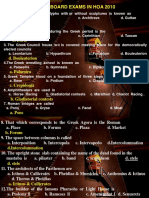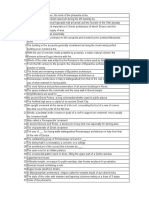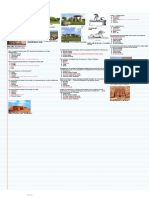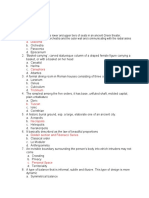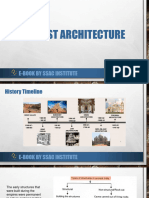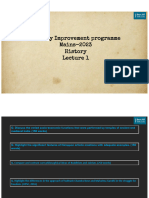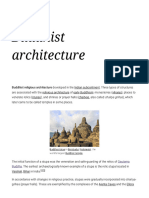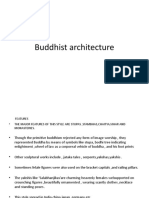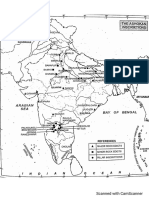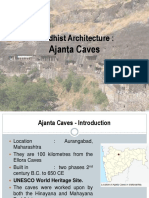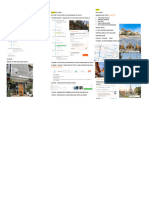0% found this document useful (0 votes)
22 views5 pagesGroup 2 - Hoa 1 2
The document contains a detailed questionnaire related to the history of architecture, featuring multiple-choice questions on various architectural styles, structures, and historical figures. It covers topics from Greek and Roman architecture to modern styles such as Art Nouveau and Victorian architecture. The document serves as a study guide for students in the field of architecture.
Uploaded by
Telesforo InumerableCopyright
© © All Rights Reserved
We take content rights seriously. If you suspect this is your content, claim it here.
Available Formats
Download as PDF, TXT or read online on Scribd
0% found this document useful (0 votes)
22 views5 pagesGroup 2 - Hoa 1 2
The document contains a detailed questionnaire related to the history of architecture, featuring multiple-choice questions on various architectural styles, structures, and historical figures. It covers topics from Greek and Roman architecture to modern styles such as Art Nouveau and Victorian architecture. The document serves as a study guide for students in the field of architecture.
Uploaded by
Telesforo InumerableCopyright
© © All Rights Reserved
We take content rights seriously. If you suspect this is your content, claim it here.
Available Formats
Download as PDF, TXT or read online on Scribd
/ 5





